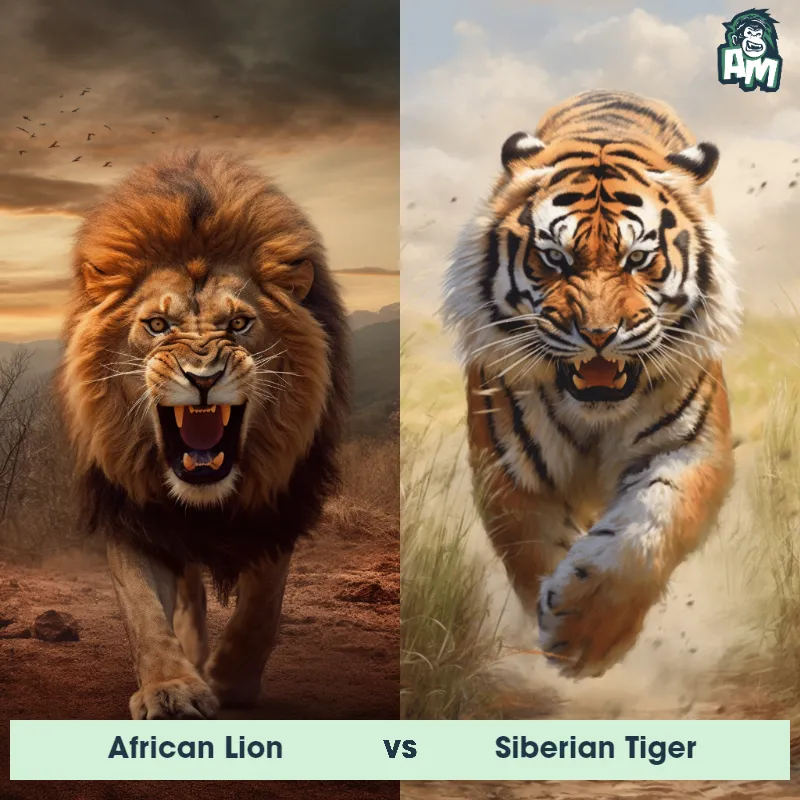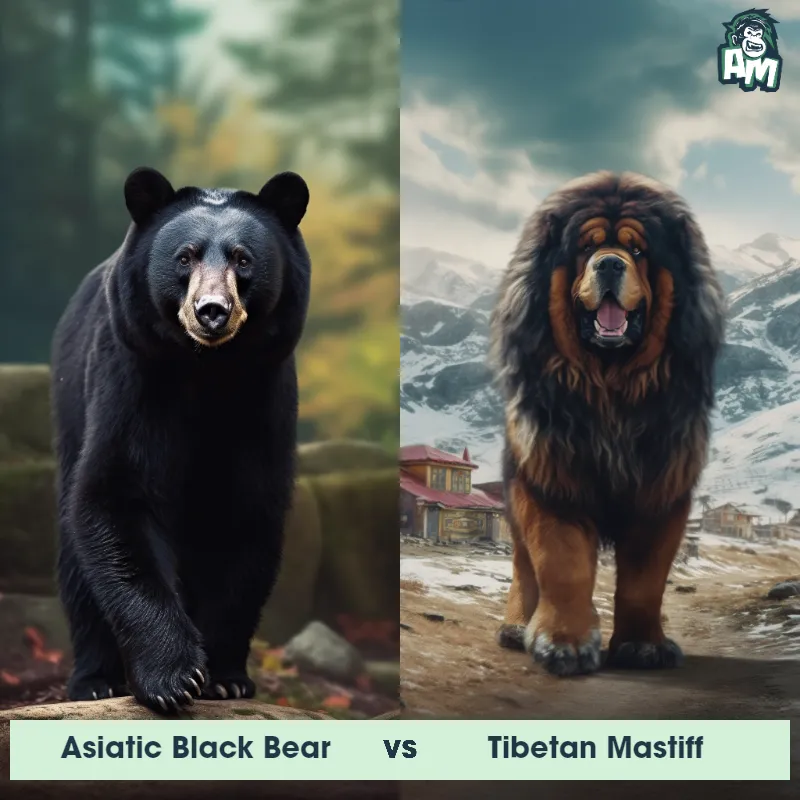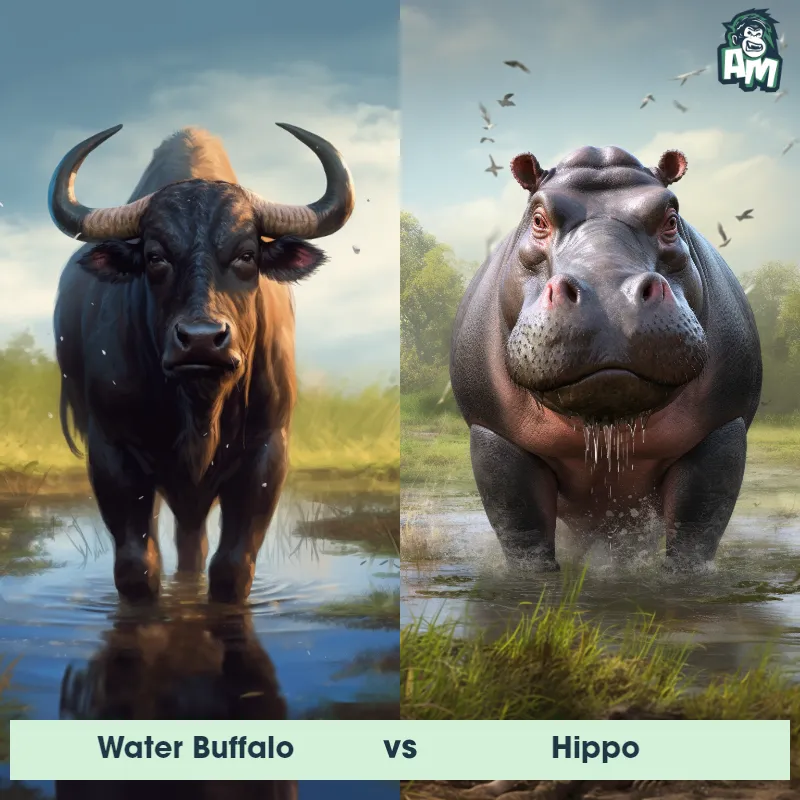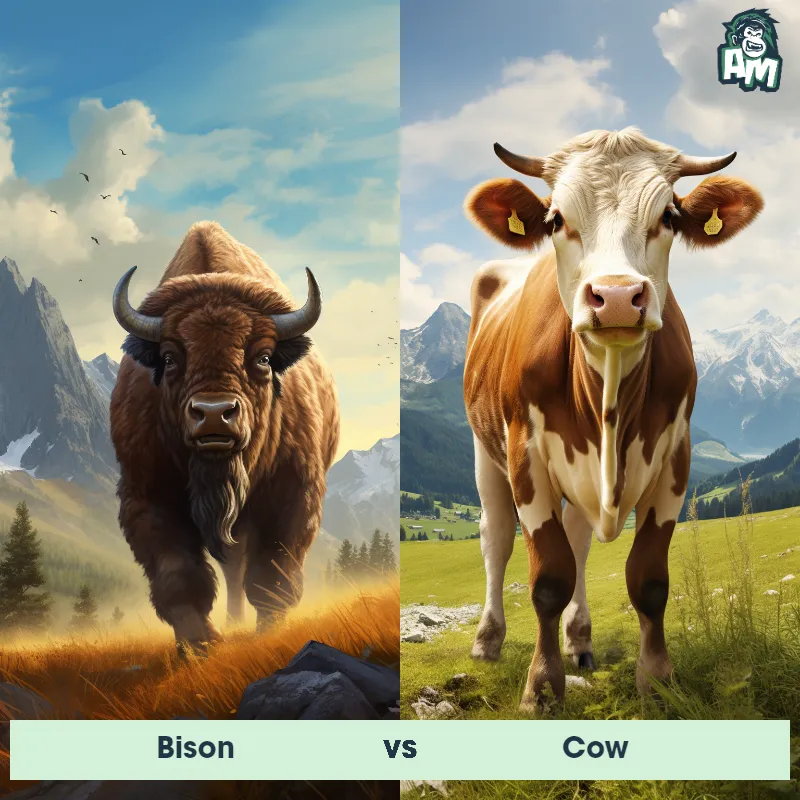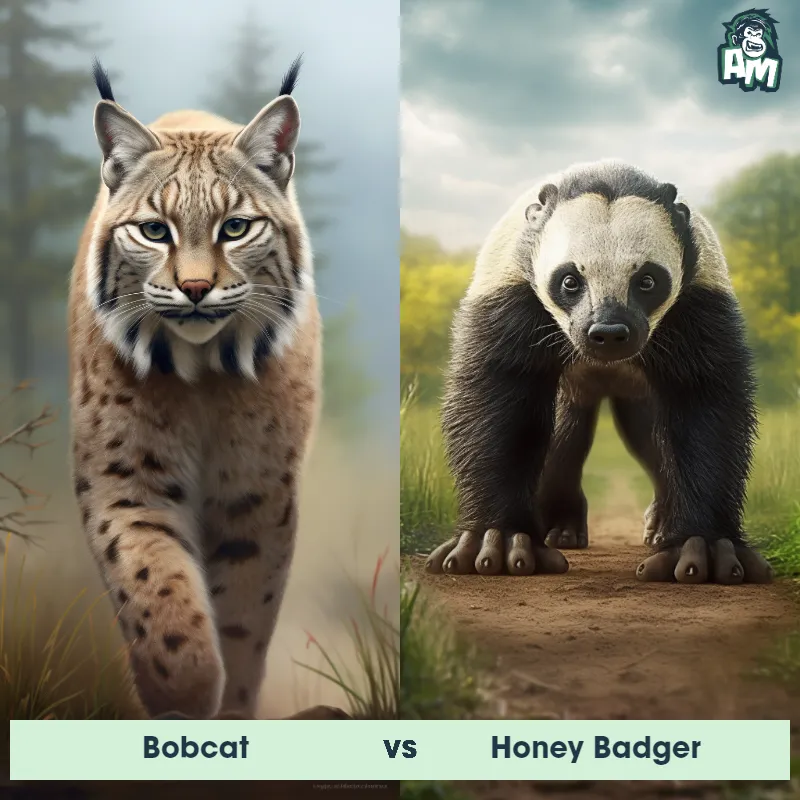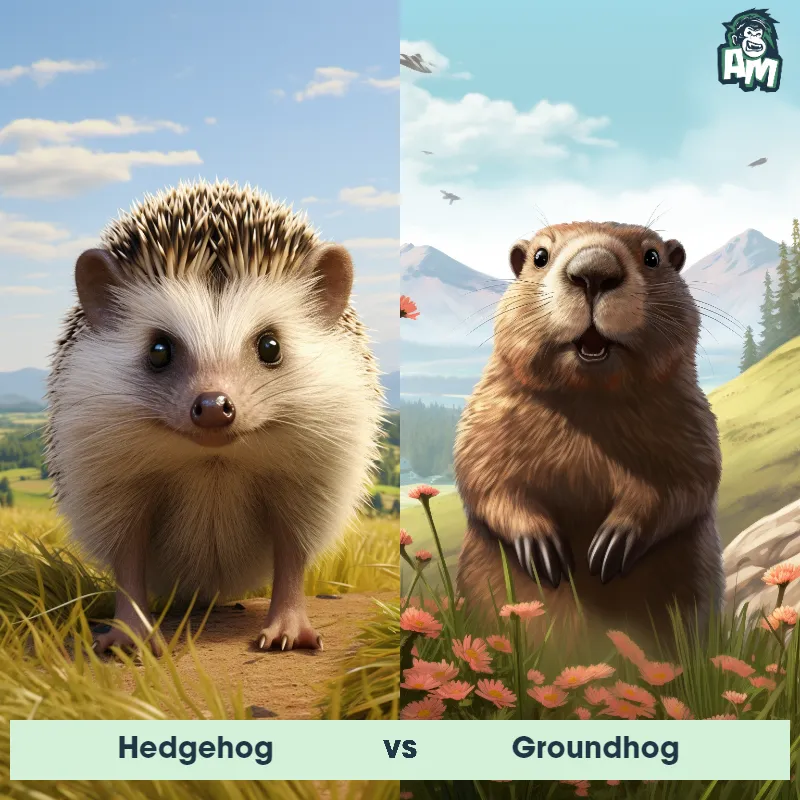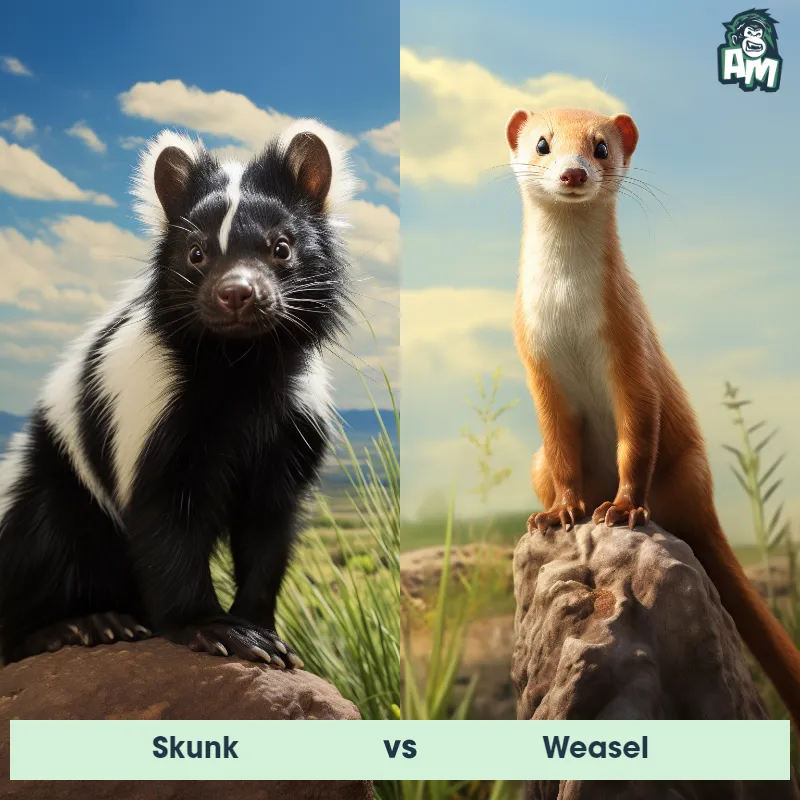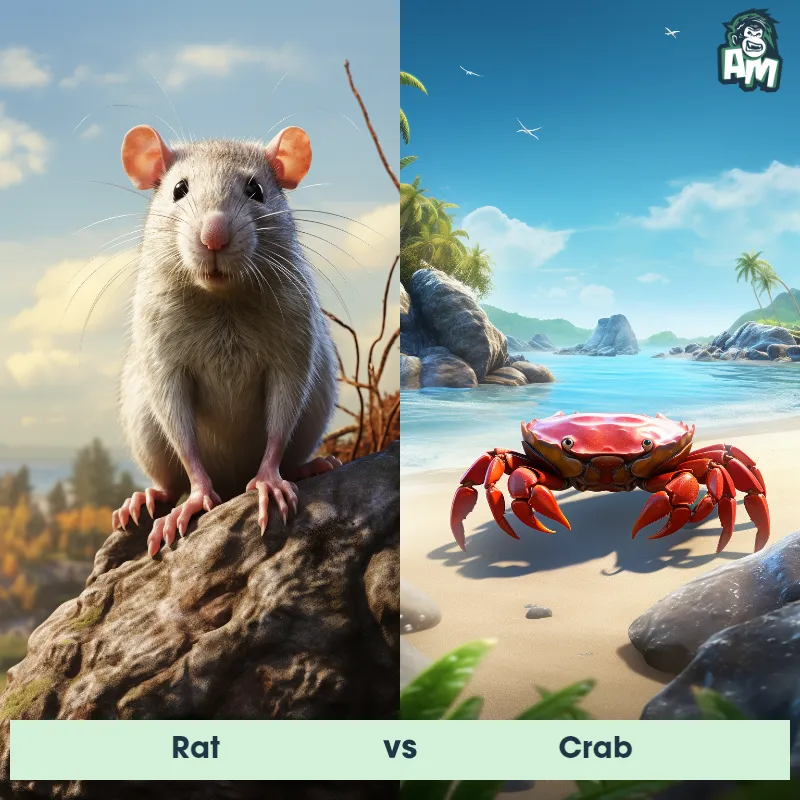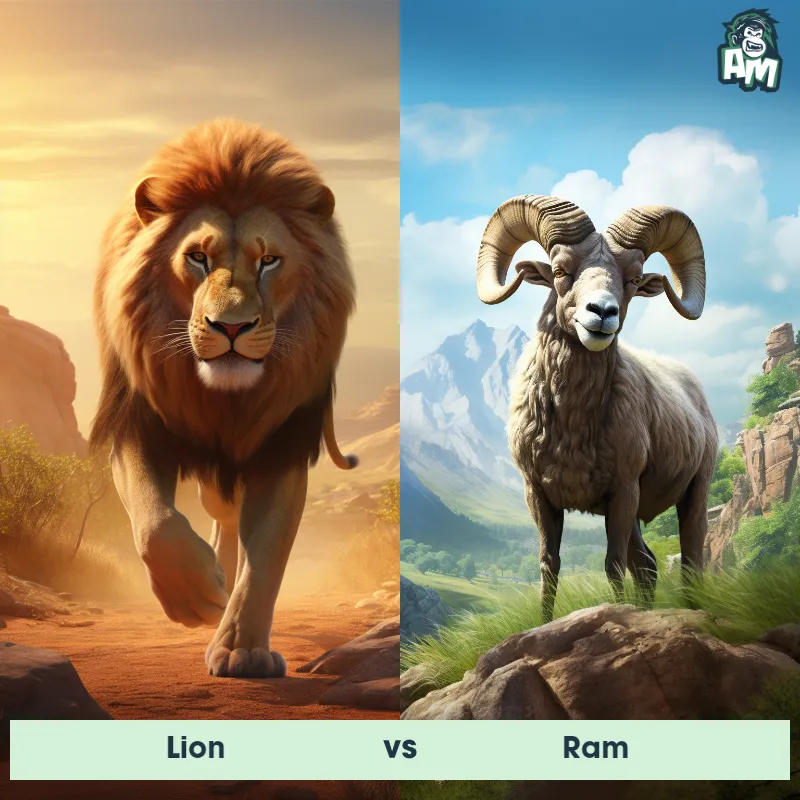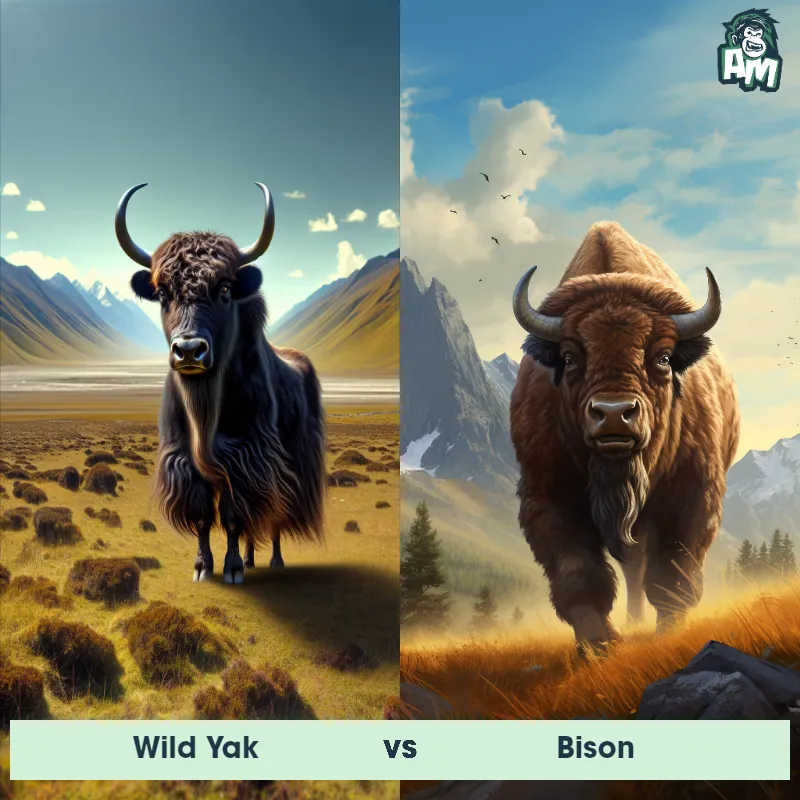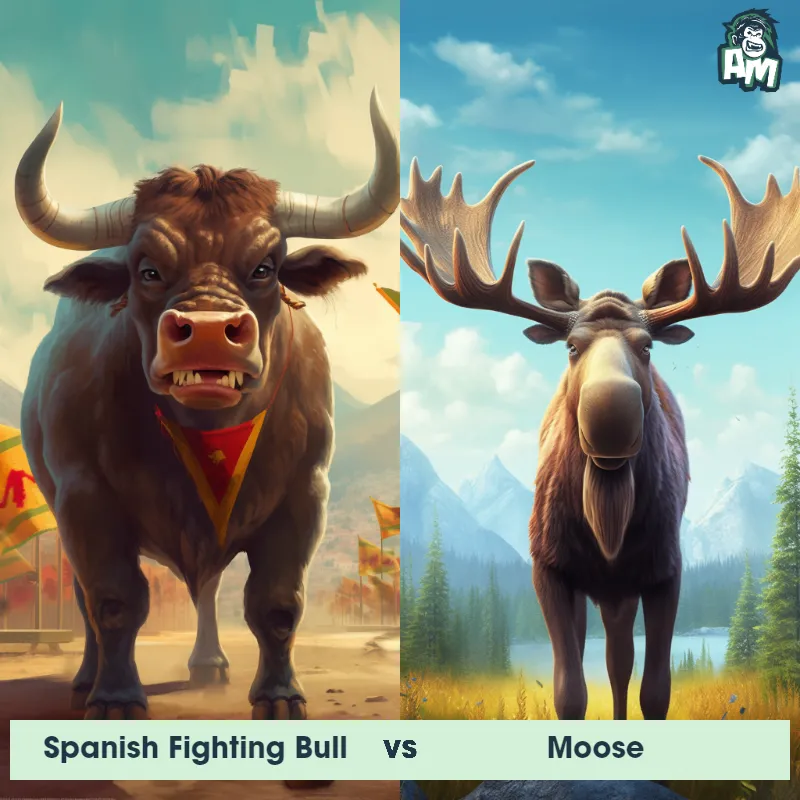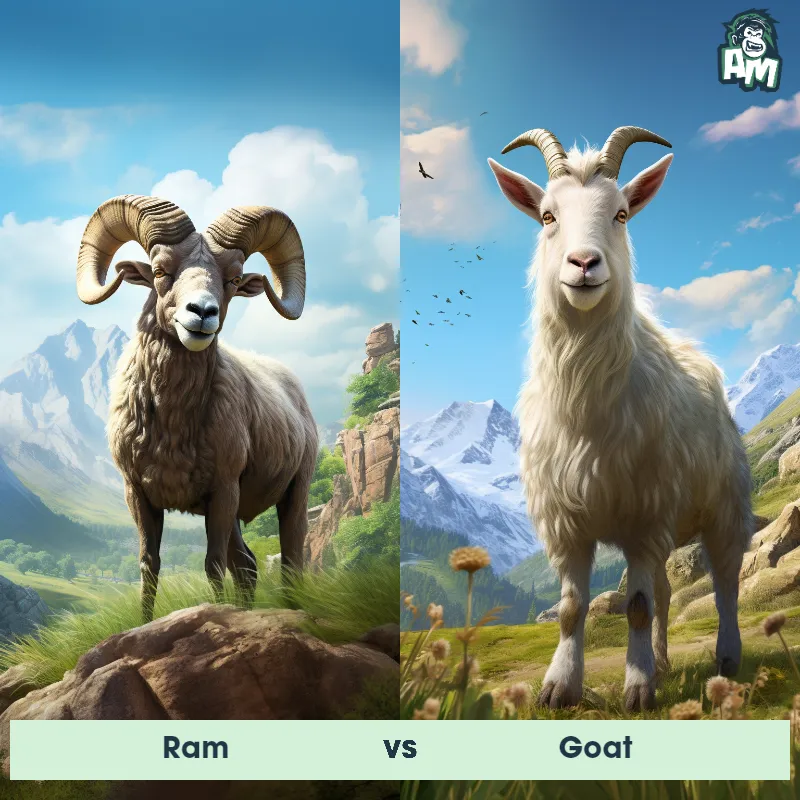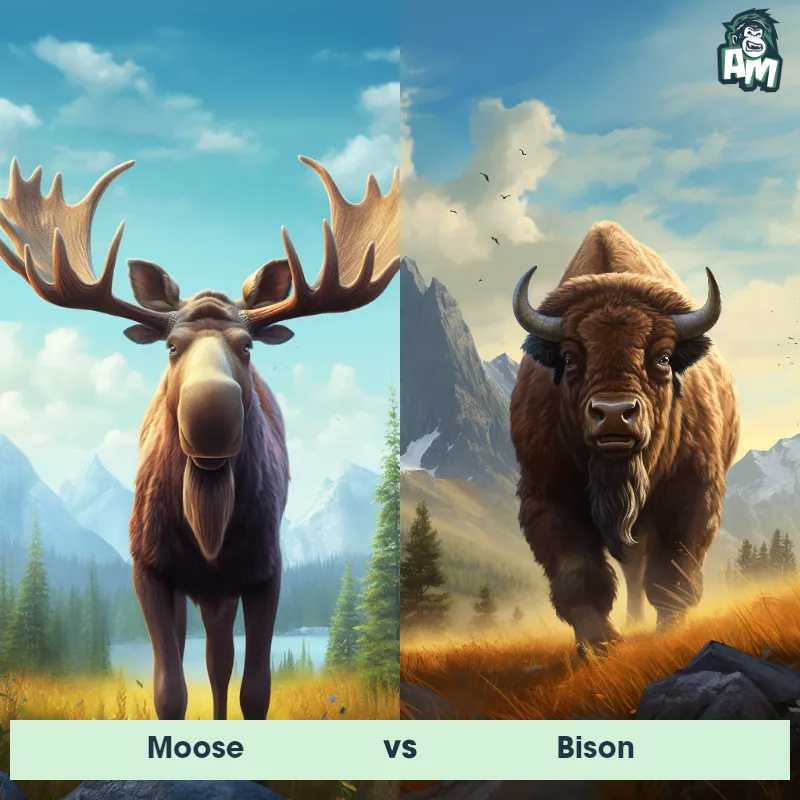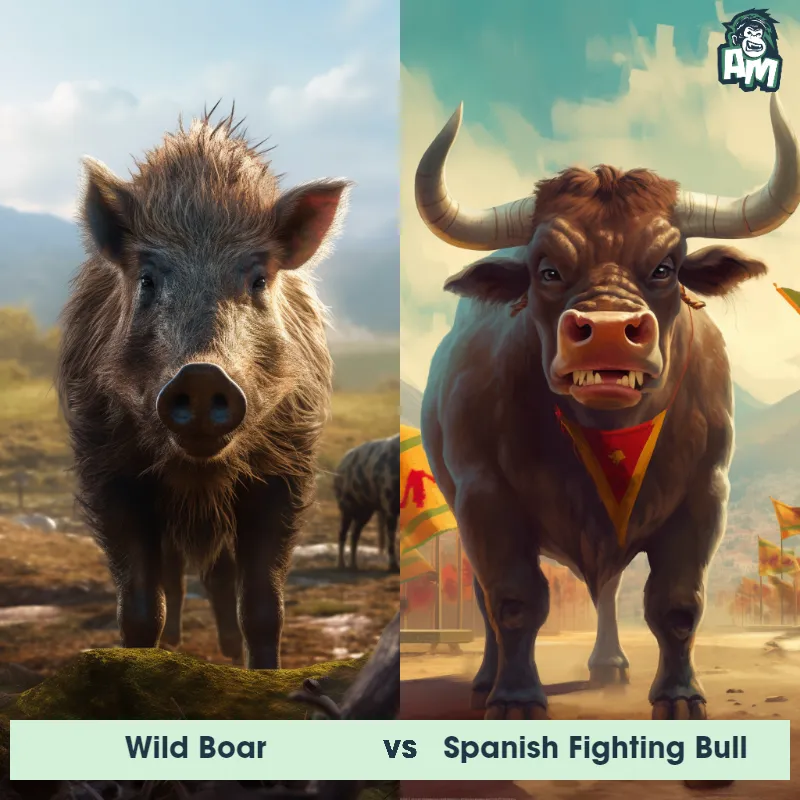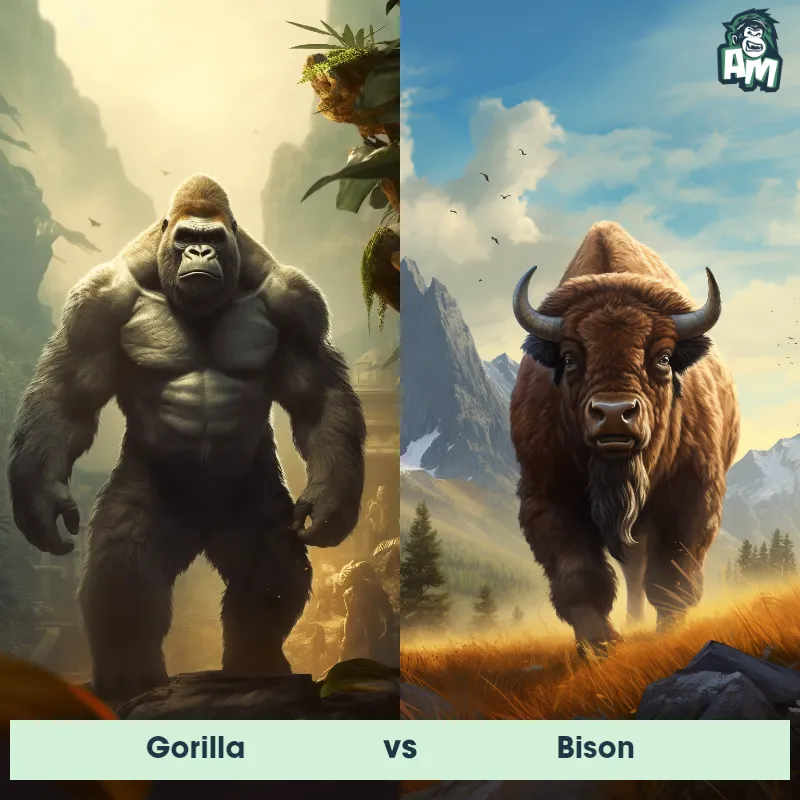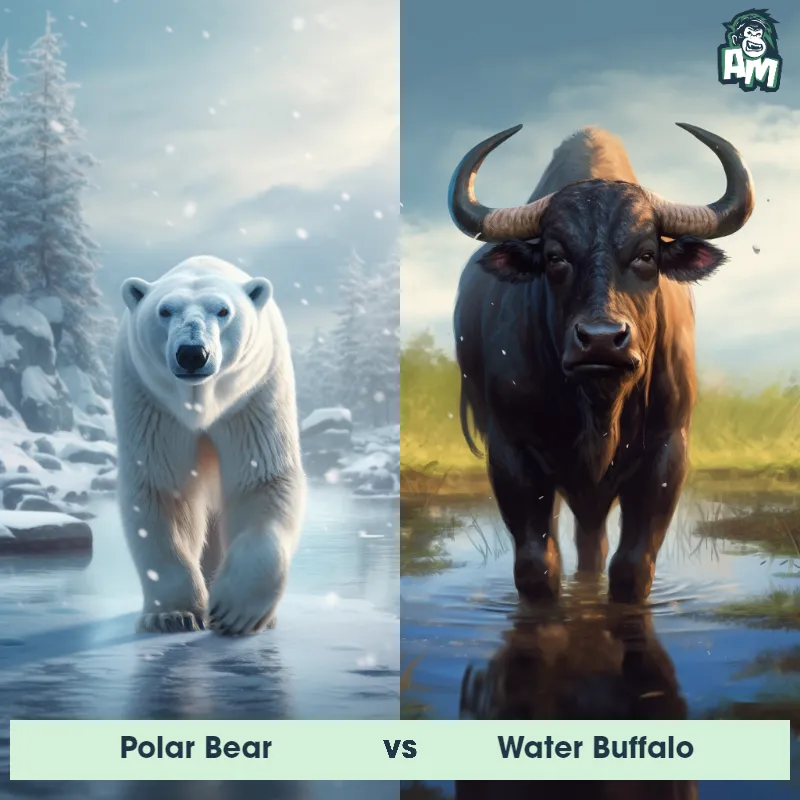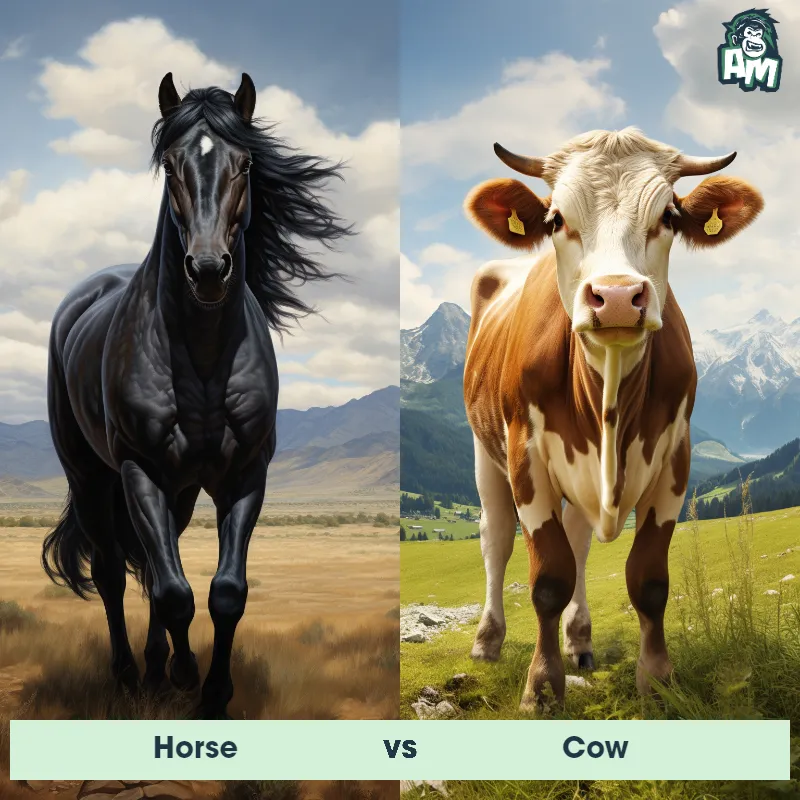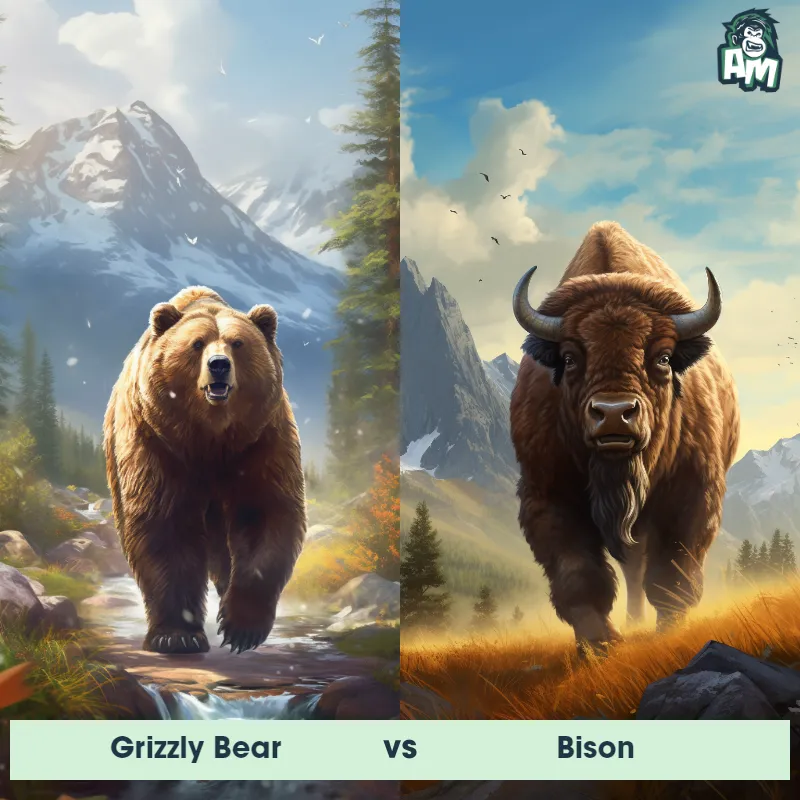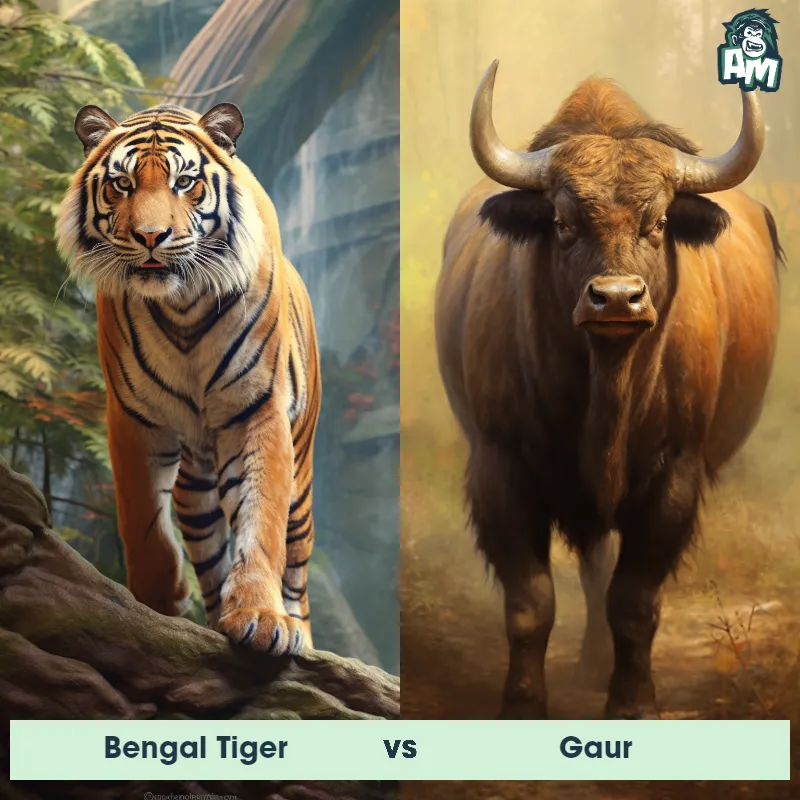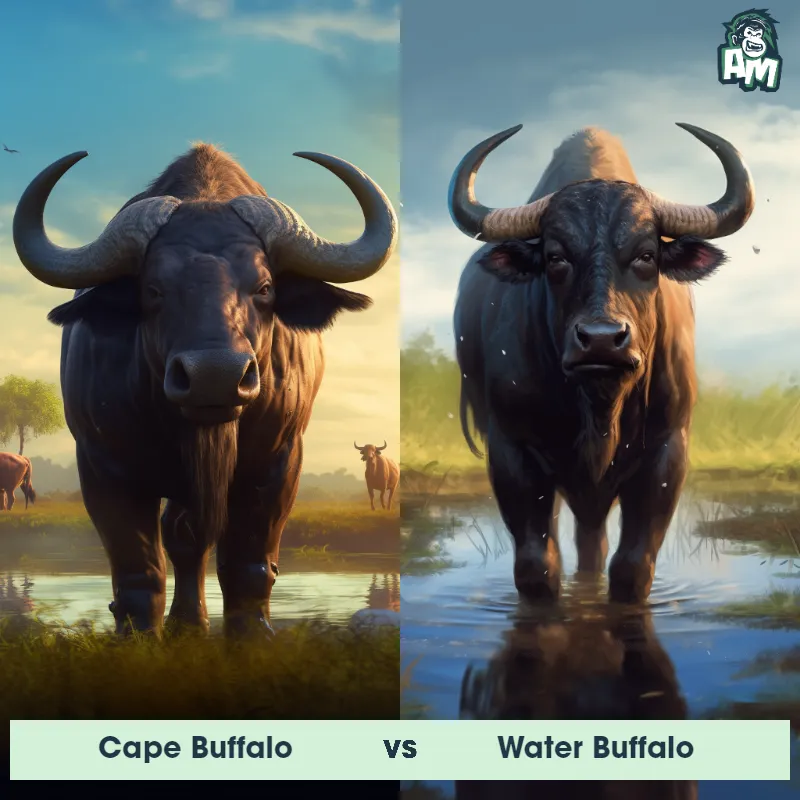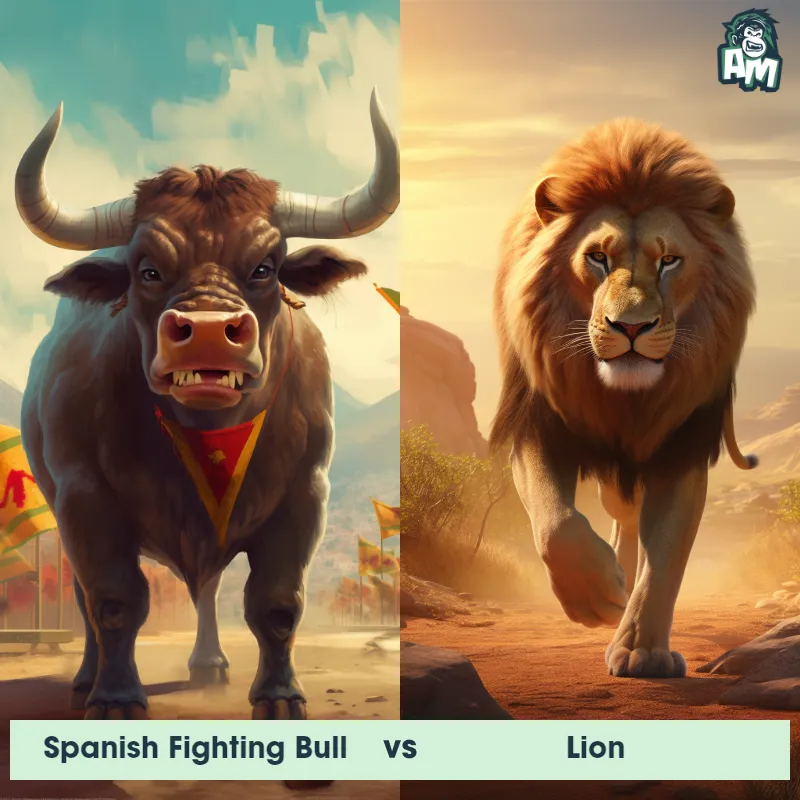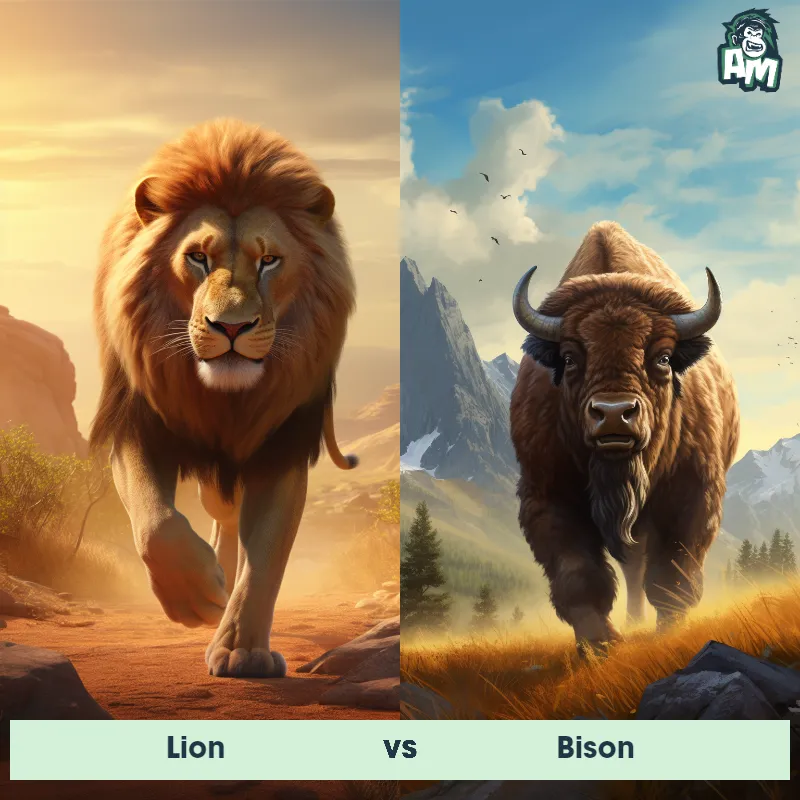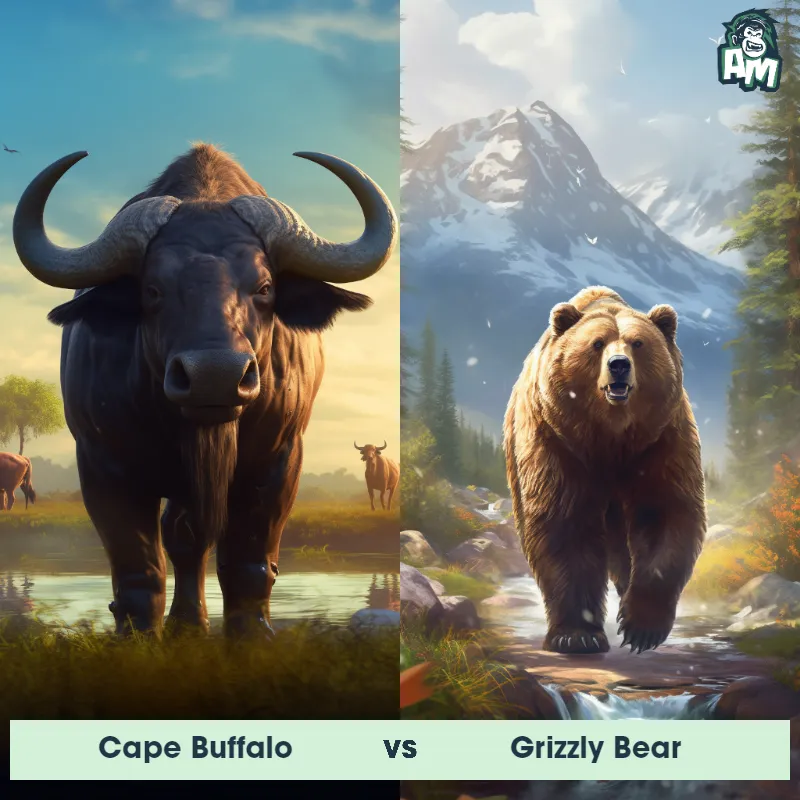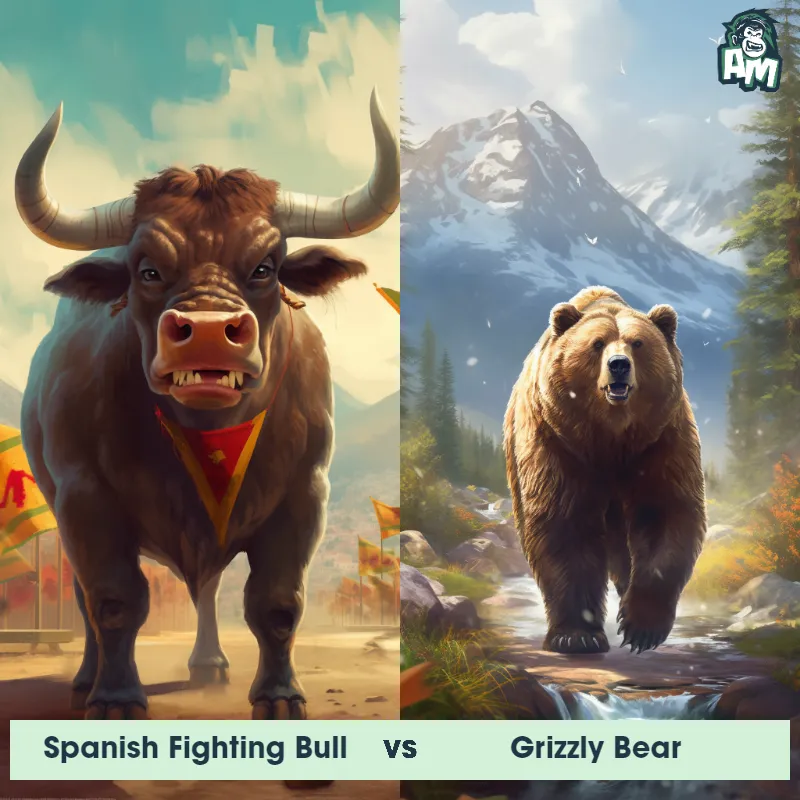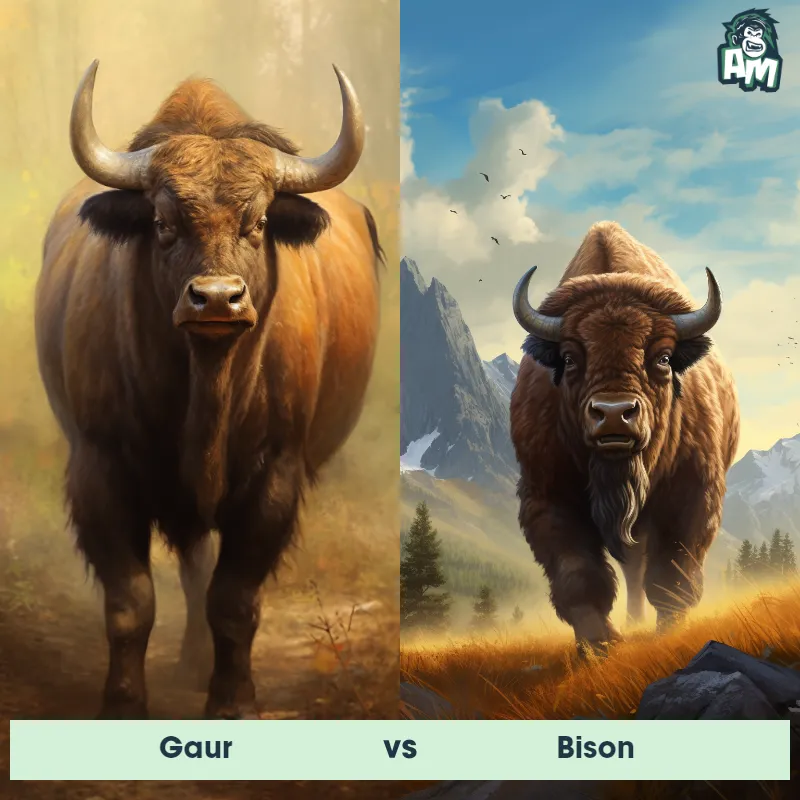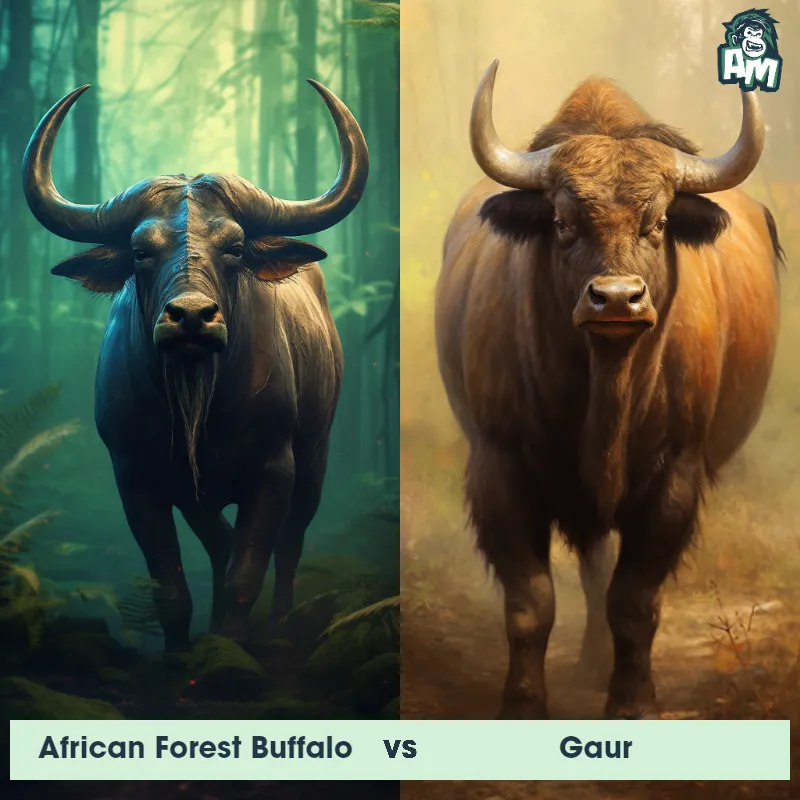Pachycephalosaurus vs RamSee Who Wins

In the left corner, the formidable contender from the Late Cretaceous period: the Pachycephalosaurus, renowned for its incredibly thick, domed skull. On the opposite side, the nimble and determined Ram, with powerful horns perfectly designed for headbutting. Two champions of head-to-head combat prepare to settle their differences in a clash of prehistoric and modern strength.
Contender 1: Pachycephalosaurus
The Pachycephalosaurus, also known as the "thick-headed lizard," was a herbivorous dinosaur that lived during the Late Cretaceous period. It was characterized by its dome-shaped skull, which could be up to 10 inches thick, and its bony knobs on the skull called nodes. These dinosaurs were bipedal and had long hind legs, short forelimbs, and a stiff tail.
Fun Fact: Pachycephalosaurus is believed to have used their dome-shaped skulls for head-butting contests during mating rituals or to establish dominance within their social hierarchy.
Contender 2: Ram
The Ram, a male sheep, is characterized by its robust body, thick fleece, and most notably, its large, curling horns which can weigh up to 30 pounds in some species. With a sturdy build and size varying by breed, rams are easily distinguishable from ewes (female sheep). They inhabit a variety of environments around the world, from mountainous terrains to flat plains, demonstrating remarkable adaptability.
Fun Fact: Rams use their iconic horns for fighting, where they charge and butt heads with other males to establish dominance or win a mate during the breeding season, known as rutting.
Matchup Stats
| Pachycephalosaurus | Ram | |
|---|---|---|
| Size | 15 feet tall (4.5 meters) | 2.5-3 feet tall at the shoulder (0.75-0.9 meters) |
| Weight | 1,000 lbs (450 kg) | 150-300 pounds (68-136 kilograms) |
| Speed | 15-20 mph (24-32 km/h) | 40mph (65km/h) |
| Key Strength | Head-butting behavior | Large, curling horns used for head-butting |
| Biggest Weakness | Weak bite force | Limited agility due to heavy horns and robust body |
Current Votes
Pachycephalosaurus vs Ram
See Who Wins
View More Matches
Looking For More?
Similar Matches
Scientific Stats
| Pachycephalosaurus | Ram | |
|---|---|---|
| Scientific Name | Pachycephalosaurus | Ovis aries |
| Family | Pachycephalosauridae | Bovidae |
| Habitat | Open woodland areas | Mountainous terrains, flat plains |
| Geography | North America (specifically present-day Western USA) | Worldwide |
| Diet | Herbivore | Herbivore, primarily grasses |
| Lifespan | 10 years - 15 years | 10 years - 15 years |
Key Differences between Pachycephalosaurus and Ram
- Tail: Pachycephalosaurus possessed a long, stiff tail that likely helped with balance, but a Ram has a short, fluffy tail.
- Skin/Fur: Pachycephalosaurus had scaly skin as a dinosaur, whereas a Ram is covered in woolly fur.
- Legs: Pachycephalosaurus walked on two powerful hind legs, while a Ram typically uses four legs suited for climbing and balance.
- Body Shape: Pachycephalosaurus had a bipedal, dinosaurian body with a long tail, compared to the more robust, quadrupedal body of a Ram.
- Size: Pachycephalosaurus was generally larger, with an estimated length of around 4.5 meters, while a Ram is considerably smaller, averaging 1.5 meters in length.
- Skull Structure: Pachycephalosaurus had a thick, domed skull that could be up to 25 cm thick, whereas a Ram has a pair of curved horns on its head.



